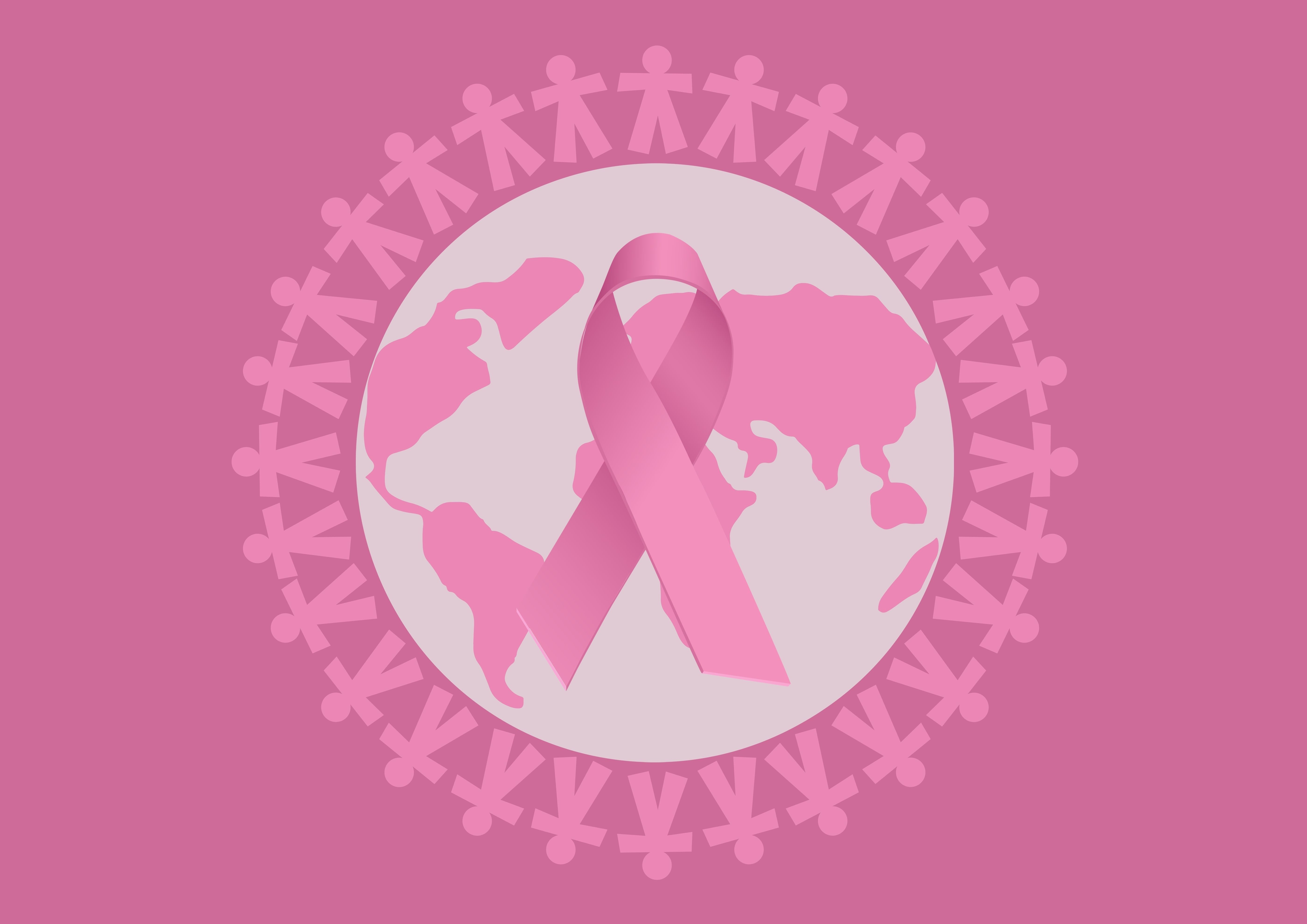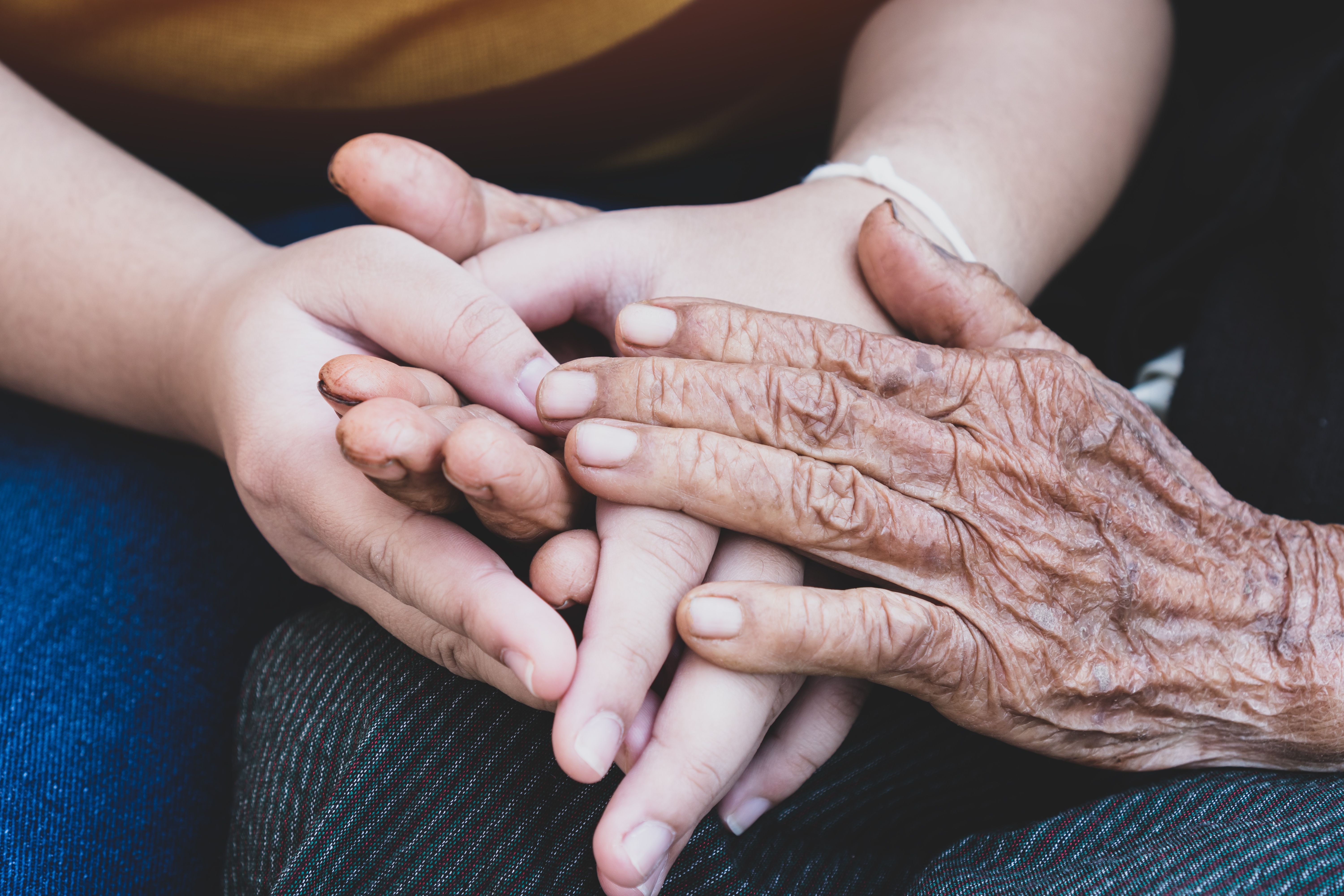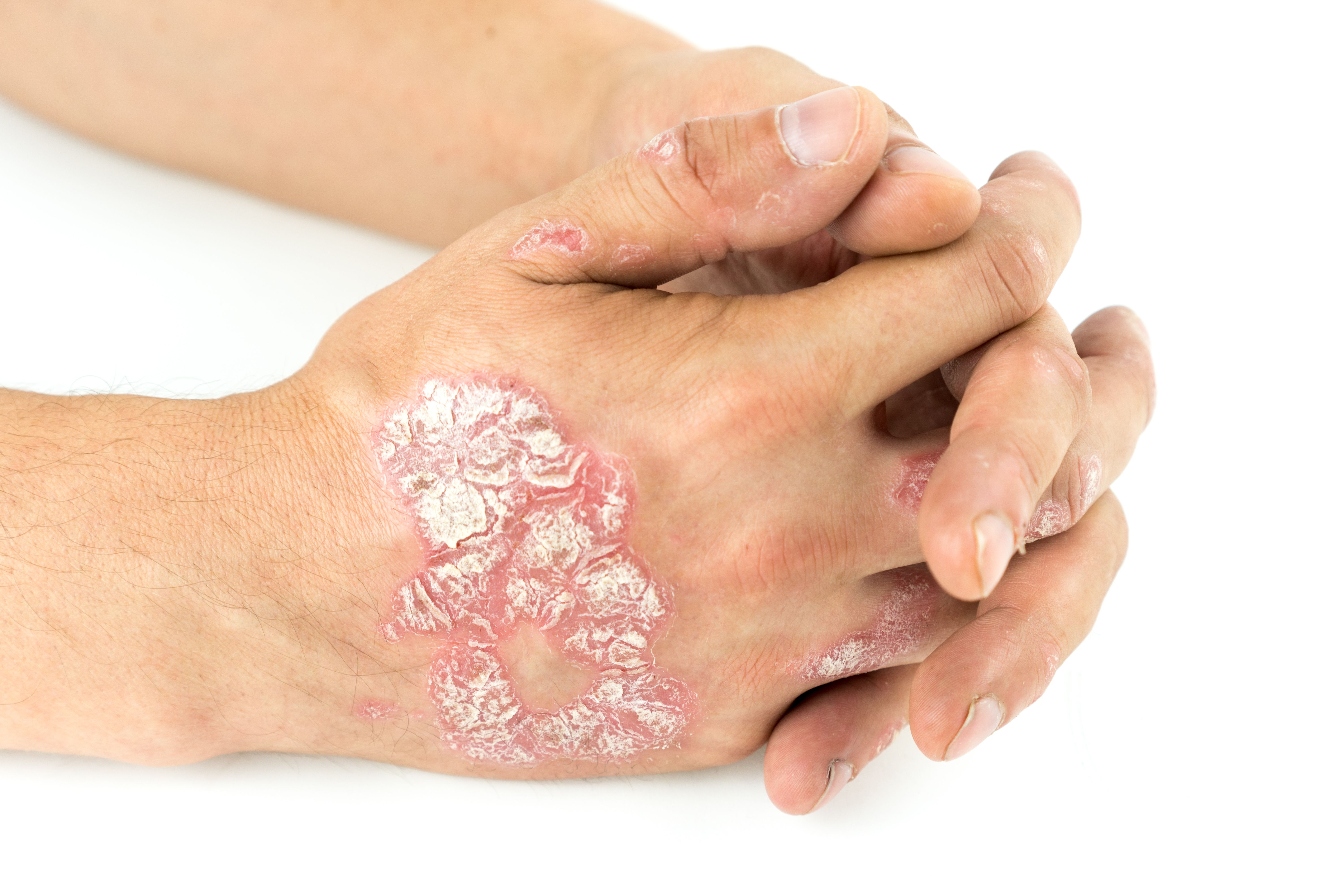News
Article
Systemic Inequities in Global Breast Cancer Care
Author(s):
A new review highlights the urgent need for research-driven solutions in breast cancer to enhance early detection, treatment, and patient support across diverse populations.
A new review highlights the urgent need for research-driven solutions in breast cancer to enhance early detection, treatment, and patient support across diverse populations. | Image Credit: vectorfusionart - stock.adobe.com

Addressing systemic inequities in breast cancer care is crucial for improving patient outcomes and underscores the need for social and economic research to enhance care delivery, according to a review published in The Oncologist.1
Early diagnosis strategies for low- and middle-income countries typically include awareness and clinical breast examinations whereas high-income countries rely on screening methods. Guidelines created by high-income countries can be implemented to address inequities in populations with limited resources.
More specifically, patients with metastatic breast cancer require extensive attention, especially in low- and middle-income countries.
In 2021, the World Health Organization (WHO) Global Breast Cancer Initiative (GBIC) established a goal to reduce breast cancer incidence by 2.5% per year.2 Over a 20-year period, the initiative would save an estimated 2.5 million lives.
“To achieve improved outcomes for all patients with breast cancer worldwide, engagement of all stakeholders and a coordinated approach of their efforts is needed,” the study authors stated.
The researchers collected insights into high-quality breast cancer care from 150 experts from 30 countries, spanning 5 continents, from over the past 5 years. The study involved physicians, epidemiologists, economists, pharmacists, psychologists, nurses, patient advocates, journalists, and academics.
A Global Issue
Though mortality rates are decreasing, North America and Europe account for 9.4% and 25.3%, respectively, of the global deaths from breast cancer. Global deaths from breast cancer range from 41% in Asia, 8.3% in Central and South America, 6% in North Africa and Western Asia, and 9% in sub-Saharan Africa.
The CONCORD program is a worldwide surveillance system that tracks cancer survival and highlighted differences in age-standardized 5-year net survival globally for women diagnosed during 2010-2014, from 66% in India to 90% or more in the US and Australia.
In the US, a high-income country, the age-standardized 5-year net survival was more than 10% lower for Black women than for White women and differences persisted over time (76.9% for Black women vs 89.1% for White women in 2001-2003; 78.4% vs 89.6% in 2004-2009).
Early Diagnosis
The stage at which breast cancer is diagnosed is a key indicator of patient outcomes and is closely linked to a country's Human Development Index. The incidence of advanced-stage breast cancers in screened populations is a reliable measure of a screening program's effectiveness, though some studies suggest that screen-detected cancers are less likely to be advanced.3
Mammographic screening, while effective, has downsides such as false positives and overdiagnosis. It's often unsuitable for low- and middle-income countries due to its complexity, cost, and infrastructure needs. In these settings, clinical breast examinations are usually a better option, especially where health care systems can adequately treat the population.
These countries prioritize early diagnosis and treatment of symptomatic breast cancer to prevent progression. With rising incidence rates, increasing public awareness and improving clinical breast examination skills among health care workers are crucial for earlier diagnosis and better outcomes.
Value-Based Care
Breast cancer diagnosis can lead to significant psychosocial challenges affecting patient quality of life and survival. A study found that 32% of patients with early-stage breast cancer experienced high emotional distress, rising to 60% in metastatic cases and increasing as the disease progressed.
Early screening for distress and psychosocial needs is crucial for providing support and improving outcomes, and is a quality standard for breast cancer care in Europe. Transparent communication between providers and patients enhances adaptation, compliance, satisfaction, and clinical outcomes.
Survivorship care programs, though often neglected, are vital for helping patients return to normalcy and can reduce overall health care costs.
Health executives, policy makers, clinicians, and patient advocates should work together to create comprehensive breast care services covering screening, diagnosis, treatment, support, survivorship, and end-of-life care. Regardless of income level, integrated care units should measure performance with actionable metrics and improve coordination among care teams to optimize treatment and minimize over- or undertreatment.
Limitations of Global Delivery
In the past decade, breast cancer economic evaluations have grown in low- and middle-income countries. Health care costs are often high due to out-of-pocket expenses and lack of reimbursement.
In 2020, out-of-pocket spending made up 43% of total health spending in the US. Breast cancer often causes severe financial strain, especially in low- and middle-income countries, where financial toxicity rates are 78% compared to 35% in high-income countries.
Economic evaluations can optimize health care spending by identifying cost-effective treatments. Local factors like resource availability and administrative efficiency often impact care quality. National strategies should aim to reduce the financial burden of breast cancer.
Research in Vulnerable Populations
Clinical breast cancer studies are not conducted as often in low- and middle-income countries compared with high-income countries. As a result, the population demographic of most studies does not include much diversity.
There are significant knowledge gaps for members of ethnic minorities, people with disabilities, and geriatric populations. It is imperative all parties participate in clinical and translational research to translate biomedical discoveries into health equity for all.
Increased funding is essential to bolster research infrastructure and capacity in low- and middle-income countries.
“There is a clear need for research in vulnerable populations adapted to the local environments, taken into account ethnic differences, local resources, and local organization of breast cancer care,” the study authors concluded.
References
- Verhoeven D, Siesling S, Allemani C, et al. High-value breast cancer care within resource limitations. Oncologist. 2024;29(7):899-909. doi:10.1093/oncolo/oyae080
- The global breast cancer initiative. World Health Organization. 2023. Accessed August 19, 2024. https://www.who.int/initiatives/global-breast-cancer-initiative
- Herre B, Arriagada P. Human development index (HDI). Our World in Data. November 1, 2023. Accessed August 20, 2024. https://ourworldindata.org/human-development-index





